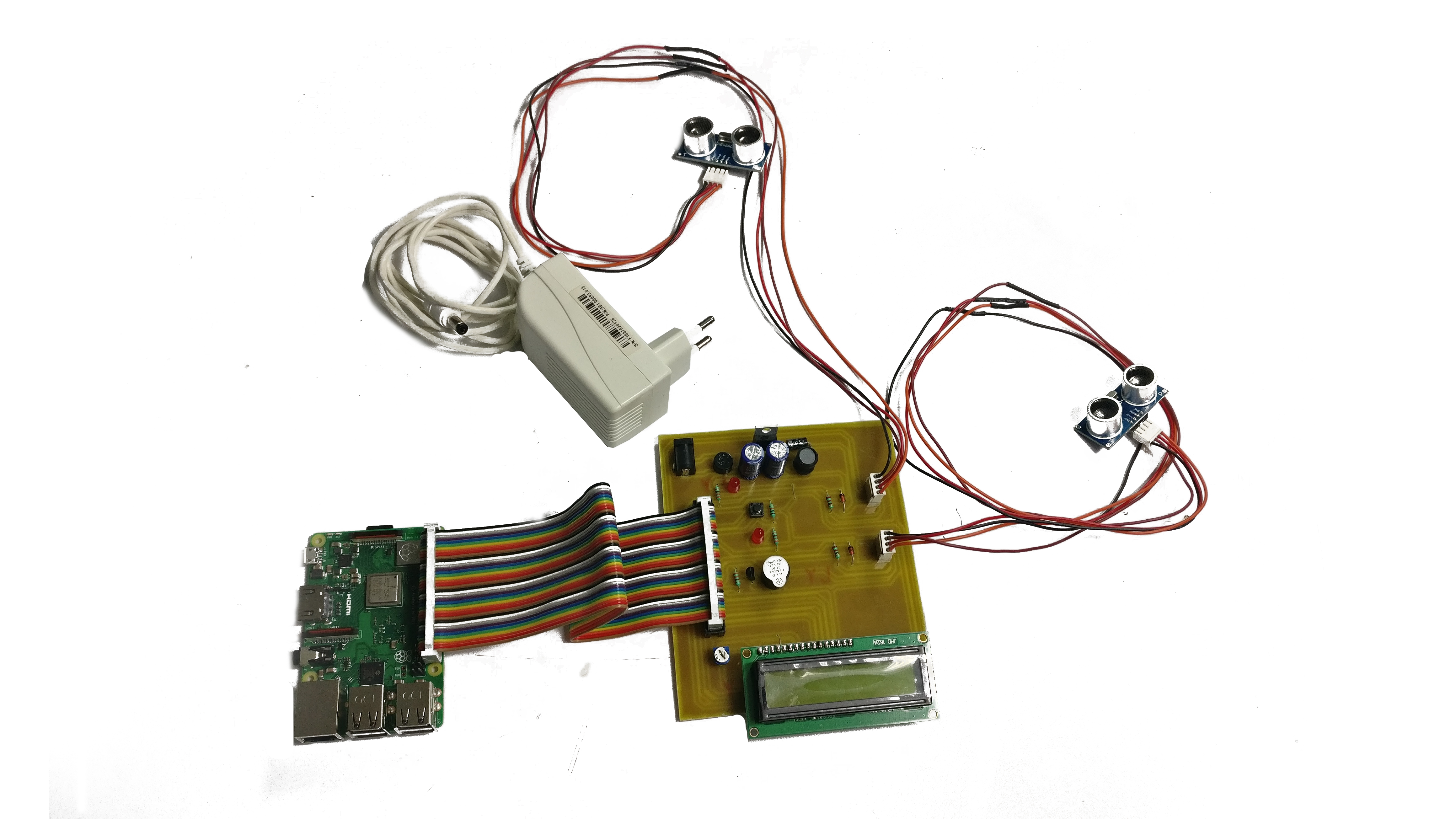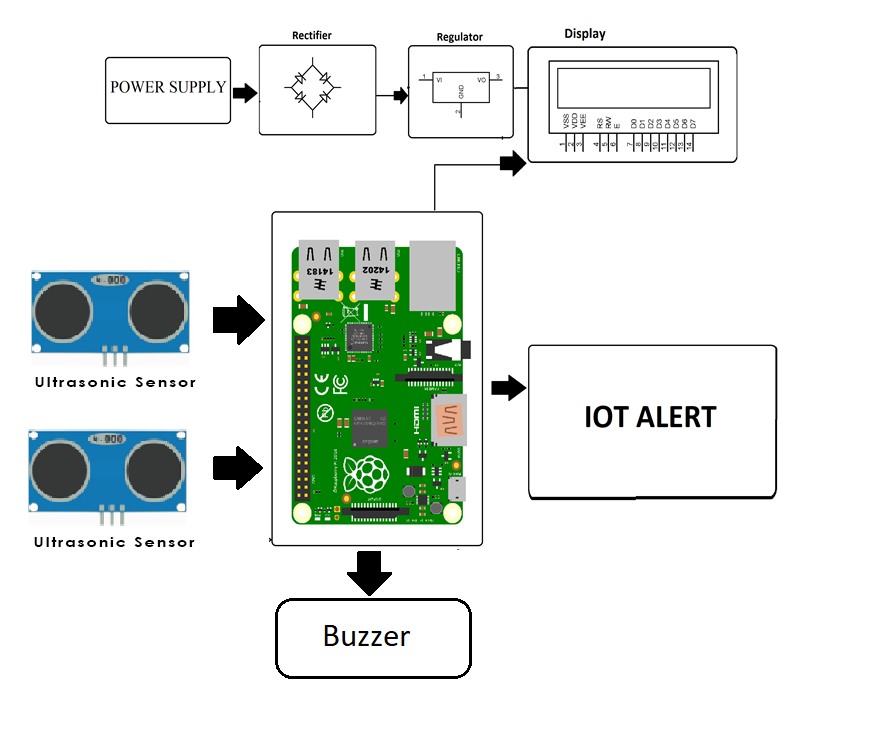In today's rapidly evolving world of technology, remote IoT monitoring has become an essential tool for businesses and individuals alike. Whether you're managing smart home devices or monitoring industrial equipment, leveraging SSH (Secure Shell) on a Raspberry Pi provides unparalleled flexibility and security. This article will guide you through the process of setting up and downloading remote IoT monitoring systems on Raspberry Pi using SSH.
Remote IoT monitoring with SSH is not just a trend; it's a necessity. As more devices become interconnected, the demand for secure, efficient, and scalable solutions continues to grow. This article will delve into the technical aspects of setting up a Raspberry Pi for remote monitoring, ensuring you have all the tools and knowledge to get started.
Whether you're a beginner or an experienced developer, this guide will provide step-by-step instructions and valuable insights to help you harness the power of IoT monitoring through SSH on Raspberry Pi. Let's explore how this technology can revolutionize the way you manage your devices and data.
Table of Contents
- Introduction to Remote IoT Monitoring
- Understanding SSH
- Raspberry Pi for IoT
- Setting Up Raspberry Pi
- Installing SSH on Raspberry Pi
- Configuring Remote Access
- Securing Your Remote Connection
- Downloading and Monitoring
- Troubleshooting Common Issues
- Conclusion and Next Steps
Introduction to Remote IoT Monitoring
Remote IoT monitoring refers to the process of observing, collecting, and analyzing data from Internet of Things (IoT) devices located in different geographical locations. This technology enables users to gain real-time insights into the performance and status of their devices, ensuring optimal operation and timely maintenance.
One of the primary benefits of remote IoT monitoring is its ability to enhance efficiency and reduce costs. By automating data collection and analysis, businesses can make informed decisions without the need for physical presence. Additionally, remote monitoring facilitates predictive maintenance, reducing the likelihood of unexpected downtime.
Why Choose Remote IoT Monitoring?
- Real-time data access
- Improved operational efficiency
- Reduced maintenance costs
- Enhanced security and reliability
Understanding SSH
SSH, or Secure Shell, is a cryptographic network protocol that facilitates secure communication between devices over an unsecured network. It provides a robust mechanism for remote access, ensuring data integrity and confidentiality.
Using SSH for remote IoT monitoring ensures that all communication between your Raspberry Pi and other devices is encrypted, protecting sensitive information from unauthorized access. This makes SSH an ideal choice for secure remote management of IoT devices.
Key Features of SSH
- Data encryption
- Authentication mechanisms
- Secure file transfer capabilities
- Compatibility with various operating systems
Raspberry Pi for IoT
Raspberry Pi has emerged as a popular platform for IoT applications due to its affordability, versatility, and ease of use. With its compact size and powerful processing capabilities, Raspberry Pi serves as an excellent choice for remote IoT monitoring projects.
Equipped with GPIO pins, Wi-Fi, and Bluetooth connectivity, Raspberry Pi can seamlessly integrate with various sensors and devices, enabling comprehensive monitoring and control capabilities.
Advantages of Using Raspberry Pi for IoT
- Cost-effective and energy-efficient
- Rich ecosystem of libraries and tools
- Supports multiple programming languages
- Extensive community support
Setting Up Raspberry Pi
Setting up Raspberry Pi involves several steps, including installing the operating system, configuring network settings, and enabling SSH. Below is a step-by-step guide to help you get started:
Step 1: Install Raspberry Pi OS
Begin by downloading the Raspberry Pi Imager tool from the official website. Use this tool to install the latest version of Raspberry Pi OS onto an SD card. Ensure the SD card is at least 8GB in size for optimal performance.
Step 2: Configure Network Settings
Once the OS is installed, connect your Raspberry Pi to a monitor, keyboard, and mouse. Open the terminal and configure your Wi-Fi settings using the following command:
sudo nano /etc/wpa_supplicant/wpa_supplicant.conf
Add your Wi-Fi network details and save the file.
Installing SSH on Raspberry Pi
Enabling SSH on Raspberry Pi is a straightforward process. Follow the steps below to activate SSH and ensure secure remote access:
Enable SSH
Open the Raspberry Pi Configuration tool by typing the following command in the terminal:
sudo raspi-config
Navigate to the "Interfacing Options" menu and select SSH. Enable SSH and reboot your Raspberry Pi to apply the changes.
Verify SSH Status
To confirm that SSH is active, use the following command:
sudo systemctl status ssh
This will display the status of the SSH service. If it's running, you're ready to proceed.
Configuring Remote Access
Configuring remote access involves setting up a static IP address and establishing a secure connection to your Raspberry Pi. Below are the steps to achieve this:
Set Static IP Address
Open the terminal and edit the dhcpcd configuration file:
sudo nano /etc/dhcpcd.conf
Add the following lines to assign a static IP address:
interface wlan0
static ip_address=192.168.1.100/24
static routers=192.168.1.1
static domain_name_servers=192.168.1.1
Connect via SSH
Using a terminal or SSH client on your computer, connect to your Raspberry Pi using the following command:
ssh pi@192.168.1.100
Enter the default password ("raspberry") when prompted.
Securing Your Remote Connection
Security is paramount when it comes to remote IoT monitoring. Below are some best practices to secure your SSH connection:
Change Default Password
Update the default password to a strong, unique one using the following command:
sudo passwd
Disable Root Login
To enhance security, disable root login by editing the SSH configuration file:
sudo nano /etc/ssh/sshd_config
Set the "PermitRootLogin" parameter to "no" and restart the SSH service:
sudo systemctl restart ssh
Downloading and Monitoring
Once your Raspberry Pi is set up and secured, you can begin downloading and monitoring IoT data. Below are some popular tools and techniques for remote IoT monitoring:
Install Monitoring Software
Consider installing tools like Node-RED or Mosquitto for efficient data collection and analysis. These platforms offer intuitive interfaces and robust features for managing IoT devices.
Automate Data Collection
Use Python scripts or shell commands to automate data collection and storage. For example, you can create a script to periodically fetch sensor readings and store them in a database.
Troubleshooting Common Issues
Despite careful setup, issues may arise during remote IoT monitoring. Below are some common problems and their solutions:
Connection Issues
If you're unable to connect to your Raspberry Pi via SSH, verify your network settings and ensure the device is powered on. Check the IP address configuration and try reconnecting.
Data Transmission Errors
Ensure all devices are properly connected and configured. Use diagnostic tools to identify and resolve transmission errors. Regularly update firmware and software to maintain optimal performance.
Conclusion and Next Steps
In conclusion, remote IoT monitoring with SSH on Raspberry Pi offers a powerful and secure solution for managing connected devices. By following the steps outlined in this article, you can successfully set up and configure your Raspberry Pi for remote monitoring, ensuring seamless operation and reliable data collection.
We encourage you to explore further by experimenting with different monitoring tools and techniques. Share your experiences and insights in the comments below, and don't forget to check out our other articles for more valuable information on IoT and related technologies. Together, let's shape the future of connected devices and smart systems!


